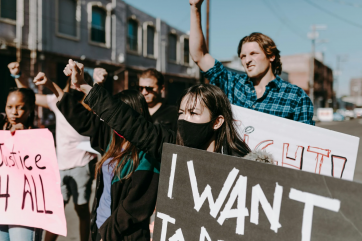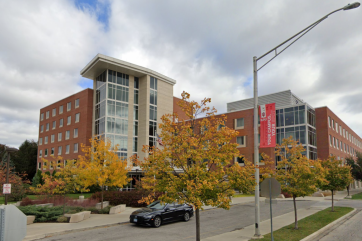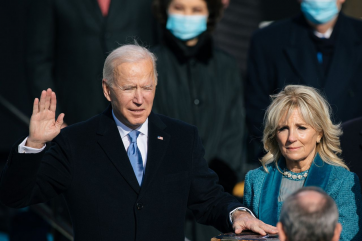Biden Sends Another Wave of Student Debt Relief, Pardoning $1.2 Billion in Loans
By Joy LiwanagIn a significant move to alleviate the burden of student debt, the Biden administration has announced the forgiveness of another $1.2 billion in student loans. This latest wave of debt relief will benefit more than 150,000 borrowers, as revealed by officials on Wednesday.
Accelerated Relief Efforts
Originally slated for implementation on July 1, the Education Department opted to expedite the rollout of the Saving on a Valuable Education (SAVE) income-driven repayment plan, leading to the earlier-than-expected relief for thousands of borrowers. Under SAVE, borrowers with loans of $12,000 or less can have their debts forgiven after 10 years, a significant improvement compared to the typical repayment plans that usually discharge loans after 20 or 25 years.
Since its introduction last summer, SAVE has garnered significant traction, with 7.5 million borrowers enrolling in the program. Of these, 4.3 million now enjoy a zero-dollar monthly payment, indicative of the plan's impact on loan repayment.
READ ALSO: Biden Administration Announces $5 Billion Student Loan Relief, Forgiving Debts for 74,000 Borrowers
Education Secretary Miguel Cardona emphasized the significance of this relief for lower- and middle-income individuals, particularly those who pursued education at community colleges. Highlighting the vulnerability of these borrowers to loan delinquency, Cardona underscored the importance of swift action to alleviate their financial strain.
Presidential Commitment and Advocacy
Borrowers set to benefit from the relief received notifications from President Biden himself, affirming his commitment to addressing the student debt crisis. Natalie Quillian, Deputy Chief of Staff at the White House, reiterated that the announcement reflects the administration's dedication to providing relief to as many Americans as possible in a timely manner.
With a total of $138 billion forgiven across 3.9 million borrowers, the Biden administration's student debt relief efforts have garnered both praise and criticism. Advocates commend the administration for its proactive measures in addressing the issue, urging continued action to provide relief to more borrowers. However, critics, including Republican lawmakers such as Senator Bill Cassidy, have voiced concerns over the prioritization of debt relief initiatives over other educational priorities, such as the successful implementation of the Free Application for Federal Student Aid (FAFSA).
As the Biden administration continues to navigate the complexities of student loan forgiveness, the latest wave of relief marks a significant step towards addressing the student debt crisis. While applauded by advocates, the administration faces ongoing scrutiny and challenges from critics as it seeks to balance debt relief initiatives with broader educational priorities. With millions of borrowers eagerly awaiting relief, the administration's commitment to providing timely and equitable solutions remains paramount. As discussions around student debt relief continue, policymakers must strive to strike a balance between addressing immediate financial burdens and ensuring the long-term sustainability of higher education financing.
Moving Forward
In the face of rising student debt levels and increasing calls for reform, the Biden administration's actions underscore the need for comprehensive strategies to address the root causes of the student debt crisis. By implementing targeted relief measures, improving access to affordable education, and promoting financial literacy, policymakers can work towards a future where all Americans have access to quality education without the burden of overwhelming debt.
RELATED ARTICLE: Biden Administration Extends Student Loan Relief Talks Amidst Looming End of First Term








